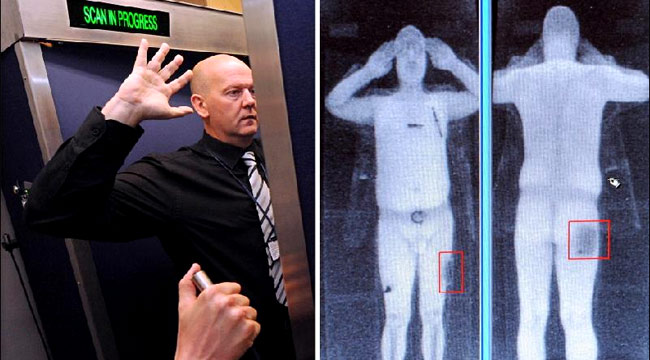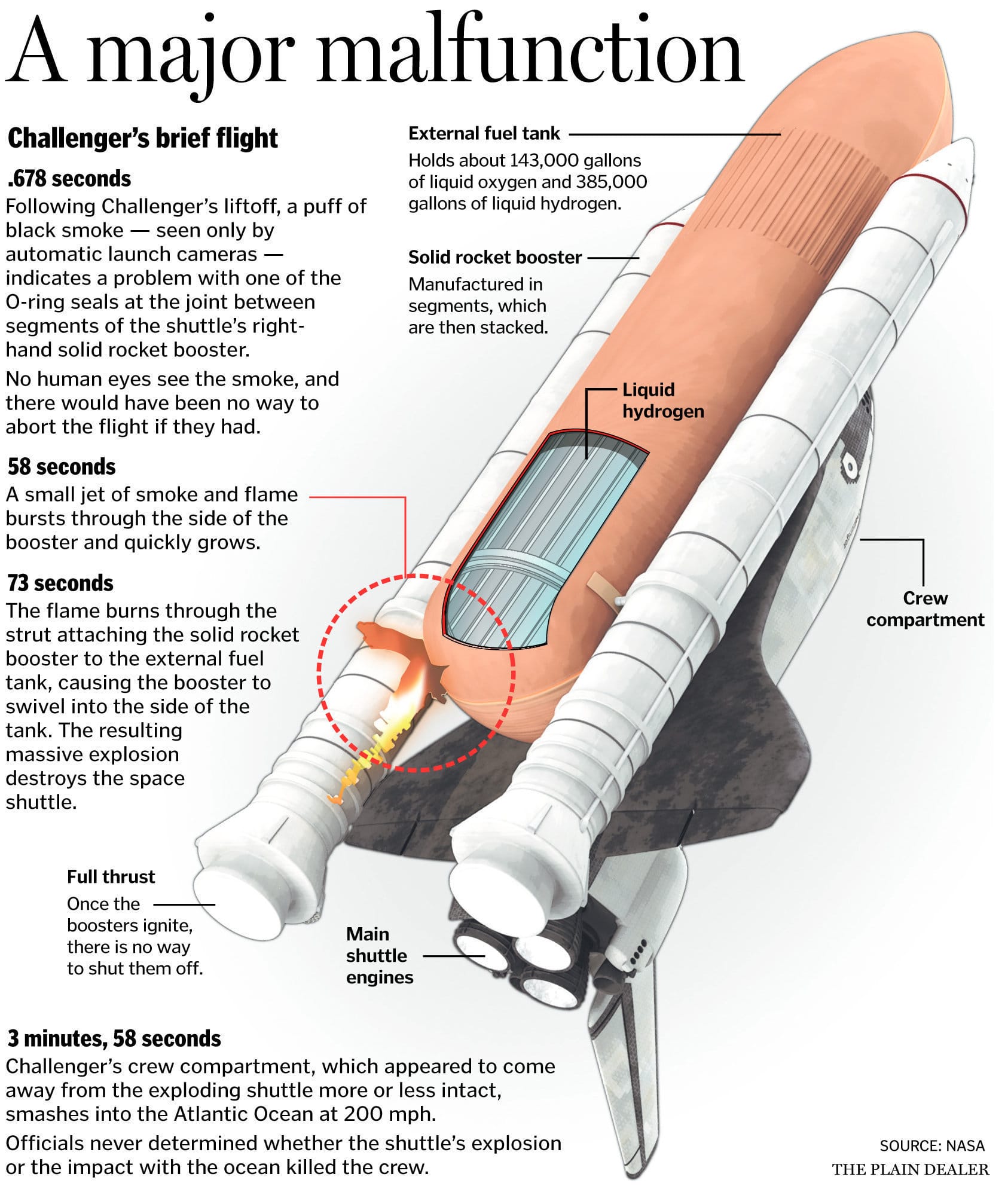
There has been a lot of hubbub about the airport scanning technology after a wannabe terrorist tried to light his own underpants on fire to blow up a jet on Christmas Day of all days. The argument basically goes like this:
“It’s an invasion of my privacy and my safety for you to see me naked so you can pretend that I’m a risk.”
“No it isn’t, we need to see you naked to see if you have dangerous things you’re trying to bring on planes.”

Image by ImYourWorstEnemy on Flickr
Hmm. I really don’t have the desire to “shake everything I brought” in front of the TSA. Is there not a better way to do this? Just so you know, lots and lots of politicians are totally on board with this airport scanner thing – as a matter of fact, <sarcasm> trustworthy people with rigid beliefs </sarcasm> like Joe Lieberman, the Demublican senator from Connecticut. Joe recently asked a question at an announcing hearing about the whole incident over Christmas Day and how we need to have better airport security:
“We were very lucky this time but we may not be so lucky next time, which is why our defenses must be strengthened. What we know about the Abdulmutallab case raises two big, urgent questions that we are holding this hearing to answer: Why aren’t airline passengers flying into the U.S. checked against the broadest terrorist database and why isn’t whole body scanning technology that can detect explosives in wider use?”
Looks like we’ll see them all over the place in no time.
This is a blog about light, so I want to write a few things at least about the technology that have nothing to do with anyone’s opinion. Taken for face value, the technology is interesting. It comes in two forms – “backscattering” x-ray (2 dimensional) and “millimeter wave” (3 dimensional) devices, using terrahertz radio frequency. Interestingly enough, people have health concerns over both of these technologies, and everyone who dislikes the scanners says they don’t like the breach in their personal comfort.
As far as health issues go, the backscattering x-ray devices deliver a very minimal amount of radiation – according to an article by Julia Clayton of HowStuffWorks, backscattering scanners deliver “approximately 0.005 millirems of radiation [per scan per person]; American Science and Engineering Inc. reports 0.009 mrems. According to U.S. regulatory agencies, “1 mrem per year is a negligible dose of radiation, and 25 mrem per year from a single source is the upper limit of safe radiation exposure”. Think of it like this – backscattering x-ray are different than medical x-rays because they don’t primarily travel through you, they record the radiation that is reflected off of your body and foreign material on your body. Backscatter scans are front and back – 2D.
Millimeter wave technology is also interesting with regards to health – the technology uses very, very high frequency radio waves (in the Terahertz range, or T-waves, per Wikipedia, and the scan travels around your body to create a sort of 3D image. They also measure the waves coming back from your body, but they measure radio waves, not radiation. The major health issue associated with the millimeter wave tech is on a DNA-level plane – the problem is that no one knows if the technology interacts with double-stranded DNA, which could cause bubbles in the strands, causing all kinds of epic fail. Here’s a millimeter wave scan – notice the difference between it and the image above, and how the detail is different, less descriptive, but detailed in its own right:

I am not in the business of promoting any of these scanners, believe me – one company who sells the scanners, MilliVision, had an interesting video on their millimeter wave technology. Check it out:
Something I found interesting came from an article at Wired – you’ve all seen this image below, right?

This woman shape is actually Susan Hallowell, director of the Transportation Security Administration’s security laboratory. After she stepped into the scanner and had this image taken, apparently she blushed and said “”It does basically make you look fat and naked, but you see all this stuff.”
For the record, this technology has been used for a long time – at least a decade – for screening South African diamond mine workers after their shifts for theft. The shame is that the technology is actually pretty interesting, and it’s worth being developed somewhere. I’m still just unsure that it needs to be developed while people I don’t know who for the most part treat me like I just committed a felony AND get to see me naked.
You know what I think, what do you think? Is the body scanner too pervasive for you? Take the poll!
Sorry, there are no polls available at the moment.
Thanks Wired, Article World, Wikipedia, and Epic!





Comments are closed.